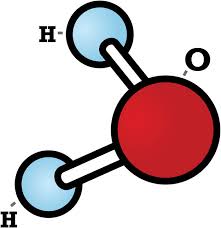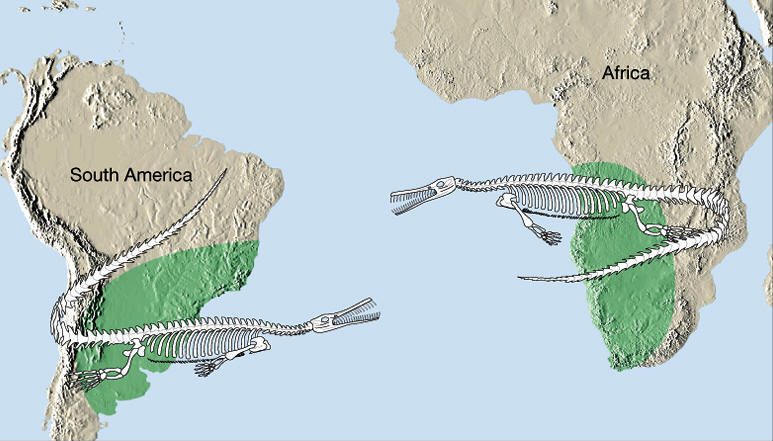Competition within a pack of wolves may increase if there is an increase in the
(1) amount of food available
(2) amount of oxygen available
(3) size of their population
(4) size of the area they inhabit
(3) size of their population
Which sequence lists the hereditary material found inside cells from the smallest unit to the largest unit?
(1) chromosome → gene → nucleus
(2) chromosome → nucleus → gene
(3) gene → nucleus → chromosome
(4) gene → chromosome → nucleus
(4) gene → chromosome → nucleus
Which two human body systems are represented in the diagrams?
(1) endocrine and skeletal
(2) endocrine and respiratory
(3) circulatory and respiratory
(4) circulatory and digestive
(4) circulatory and digestive
Which evidence has led scientists to conclude that there are different layers within Earth’s interior?
(1) analysis of earthquake wave data
(2) measurement of Earth’s diameter
(3) rock samples taken from Earth’s core
(4) temperatures taken within each layer
(1) analysis of earthquake wave data
Which activity involves only a physical change?
(1) grinding coffee beans
(2) baking cookies
(3) acid bubbling on rock
(4) exploding fireworks
(1) grinding coffee beans
A fox with thick fur would have a survival advantage over other foxes if
(1) there is more competition for food in the fox population
(2) the air temperature significantly decreases in winter
(3) a drought occurs, limiting the amount of water available
(4) a new disease appears that infects the foxes
(2) the air temperature significantly decreases in winter
An organism that contains chloroplasts is able to produce food by the process of
(1) photosynthesis
(2) reproduction
(3) respiration
(4) digestion
(1) photosynthesis
Which process is responsible for the growth and repair of human tissue?
(1) evolution
(2) germination
(3) cell division
(4) natural selection
(3) cell division
The relatively thin layer of rock at Earth’s surface is called the
(1) atmosphere
(2) hydrosphere
(3) lithosphere
(4) hemisphere
(3) lithosphere

Which physical property of the rock is being measured using the graduated cylinder?
(1) volume
(2) solubility
(3) mass
(4) hardness
(1) volume
The information below describes a relationship between a type of fish known as a goby and a species of blind shrimp.
The shrimp digs a hole that provides shelter for itself and the goby fish. The goby fish lives at the opening to the hole and watches for predators. When a predator swims by, both organisms quickly move farther into the hole for safety. The relationship between these two organisms is best described as
(1) competitive
(2) harmful
(3) beneficial
(4) predatory
(3) beneficial
A student viewing a cell with a microscope observes a cell wall, a cell membrane, and a nucleus. The presence of these structures indicates that the student is looking at a cell from a
(1) rabbit
(2) carrot
(3) worm
(4) fly
(2) carrot
Which sequence identifies the levels of organization of body structures in a human from simplest to most complex?
(1) cell → organ → tissue → organ system
(2) organ system → cell → tissue → organ
(3) tissue → organ → organ system → cell
(4) cell → tissue → organ → organ system
(4) cell → tissue → organ → organ system

Which Earth layer contains convection currents that are believed to be responsible for the movement of Earth’s tectonic plates?
(1) crust
(2) mantle
(3) outer core
(4) inner core
(2) mantle

What does this model represent?
(1) a single atom
(2) a cell
(3) a mixture
(4) a compound
(4) a compound
Which type of organism converts wastes and dead materials into nutrients that can be used by plants?
(1) carnivore
(2) herbivore
(3) decomposer
(4) producer
(3) decomposer

Which type of model is shown in the diagram?
(1) food chain
(2) pedigree chart
(3) feedback system
(4) life cycle
(2) pedigree chart
Nutrients enter the bloodstream during the process of
(1) locomotion
(2) respiration
(3) elimination
(4) absorption
(4) absorption
The length of one day on Earth is determined by how long it takes
(1) the Moon to revolve once
(2) the Moon to rotate once
(3) Earth to rotate once
(4) Earth to revolve once
(3) Earth to rotate once
All living and nonliving material is composed of
(1) air
(2) elements
(3) water
(4) soil
(2) elements
Which factor is most likely to cause the number of rabbits living in an area to increase?
(1) less water
(2) fewer predators
(3) lack of shelter
(4) limited food
(2) fewer predators
Abnormal cell division causes which health problem?
(1) infection
(2) cancer
(3) aging
(4) weight gain
(2) cancer
One function of the human excretory system is
(1) making materials that the body cells need
(2) removing excess heat energy from the body
(3) moving substances to and from body cells
(4) controlling the body’s responses to stimuli
(2) removing excess heat energy from the body

The map above shows the current positions of South America and Africa. Points A and B represent areas on the two continents where scientists have discovered fossils of the same animal species.
How does the Theory of Plate Tectonics explain the location of these fossils?
(1) The continents were once joined together.
(2) The animals were able to swim from one continent to the other.
(3) Humans transported the animals from point A to point B.
(4) The animals developed independently on both continents.
(1) The continents were once joined together.
Which type of energy is transferred by vibrational waves?
(1) nuclear
(2) light
(3) chemical
(4) sound
(4) sound